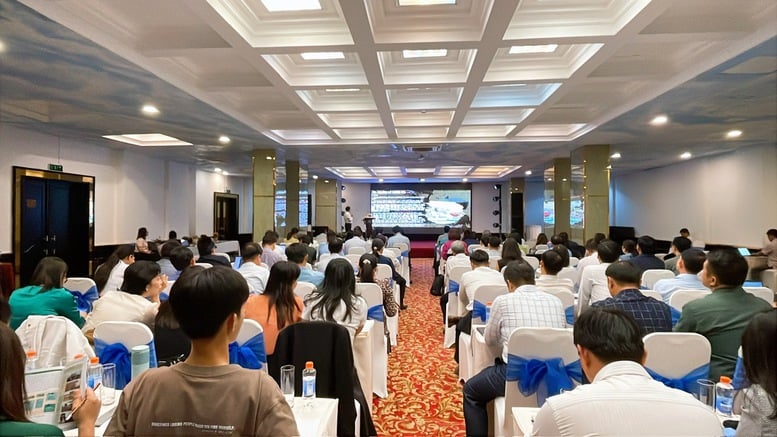
The MRV process is built to establish a mechanism for measuring - reporting - verifying (MRV) the amount of greenhouse gas emissions reduction in rice cultivation, serving as a scientific and legal basis for certifying and confirming carbon credits in agriculture - Photo: VGP/LS
The conference is considered an important milestone in laying the technical and institutional foundation for measuring emission reduction, moving towards green, smart and sustainable rice production in the Mekong Delta (MD).
Perfecting the low-emission rice production process
According to the Ministry of Agriculture and Environment , the high-quality, low-emission rice production process is a set of synchronized guidelines from seed selection, land preparation, sowing, fertilization, water management, pest control to harvesting, preservation and consumption. The goal is to help farmers reduce greenhouse gas emissions, save costs, and at the same time improve rice productivity and quality .
At the same time, the Measurement – Reporting – Verification (MRV) process for greenhouse gas emission reduction in rice cultivation was established, serving as a scientific and legal basis for certifying and confirming carbon credits in agriculture . This is considered the “key” for the rice industry to gradually participate in the carbon market, expanding the room for increasing value for the production chain.
At the conference, experts, local representatives, research institutes, businesses and international organizations discussed in depth the implementation methods of the process , practical barriers to large-scale application, as well as how to apply digital training and electronic records for farmers . Opinions emphasized the importance of mobilizing resources , sharing benefits from carbon credits in a harmonious way, and connecting the sustainable rice consumption chain so that farmers can benefit substantially from changing farming practices.
On that basis, Deputy Minister of Agriculture and Environment Tran Thanh Nam requested functional units to take drastic action according to their functions and tasks.
Specifically, the Department of Crop Production and the Department of Plant Protection will guide, train and support localities to apply the process from the 2025-2026 winter-spring crop .
The Departments of Agriculture and Environment of the Mekong Delta region review and select suitable raw material areas , link the application of processes with ongoing projects, growing area codes, traceability, and sustainability certification .
The Department of Science, Technology and Environment coordinates with the Institute of Agricultural Environment and international organizations to complete the emission reduction verification framework , ensuring synchronization with the national MRV system .
The Department of Economic Cooperation and Rural Development and the National Agricultural Extension Center build a low-emission cooperative model , promoting the linkage chain and carbon credits in agriculture .
Pilot from Winter-Spring crop 2025-2026, expanded to the whole region from 2027
The conference agreed on a roadmap for piloting the MRV Process and the High-Quality, Low-Emission Rice Production Process from the 2025-2026 Winter-Spring crop , then gradually expanding it throughout the Mekong Delta from 2027. Along with that, the parties will develop a set of monitoring and evaluation tools to measure the effectiveness of emission reduction and economic efficiency for farmers, as a basis for adjusting policies and implementation models in the next phase.
Deputy Minister Tran Thanh Nam of the Ministry of Agriculture and Environment emphasized that applying these two processes is not only a technical requirement but also the first step in transforming Vietnam's rice production method , from the traditional model to green, smart, circular and low-emission production .
He affirmed that the Ministry of Agriculture and Environment hopes that localities, businesses, cooperatives and farmers will coordinate synchronously , turning these two processes into new standards in rice production in the Mekong Delta, contributing to improving the position of Vietnamese rice in the international market.
Le Son
Source: https://baochinhphu.vn/dbscl-vao-giai-doan-moi-chuan-hoa-quy-trinh-lua-chat-luong-cao-giam-phat-thai-va-tang-gia-tri-102251117184219449.htm





















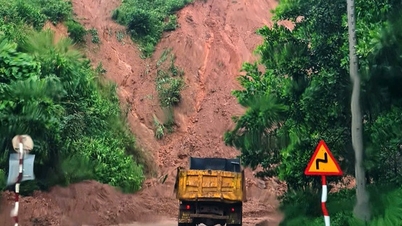
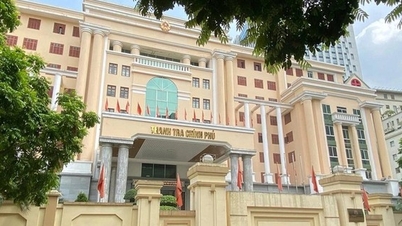





![[Photo] General Secretary To Lam and National Assembly Chairman Tran Thanh Man attend the 80th Anniversary of the Traditional Day of the Vietnamese Inspection Sector](https://vphoto.vietnam.vn/thumb/1200x675/vietnam/resource/IMAGE/2025/11/17/1763356362984_a2-bnd-7940-3561-jpg.webp)








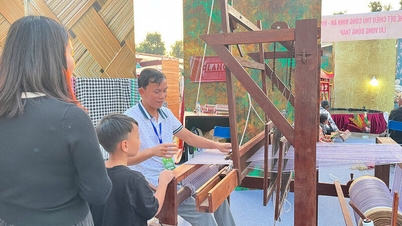
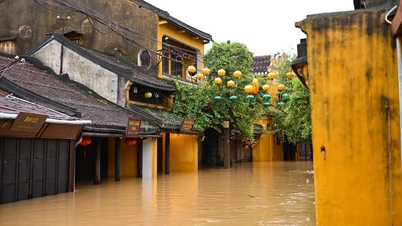
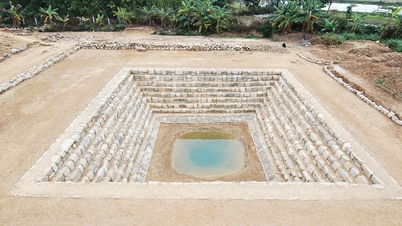



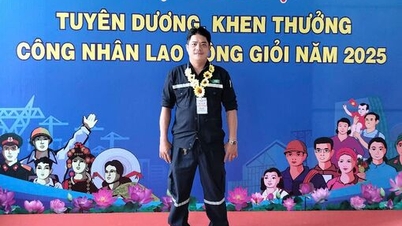





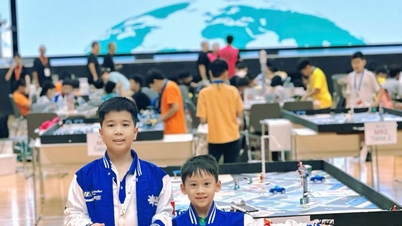














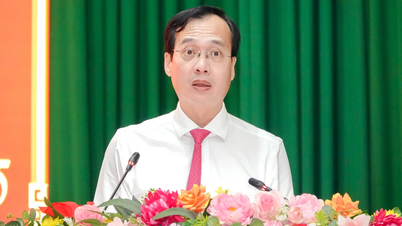










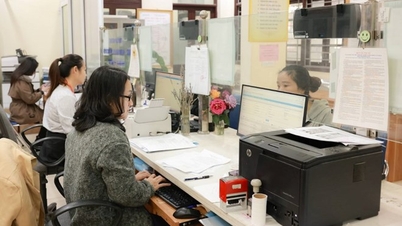












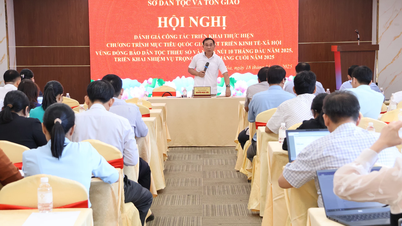








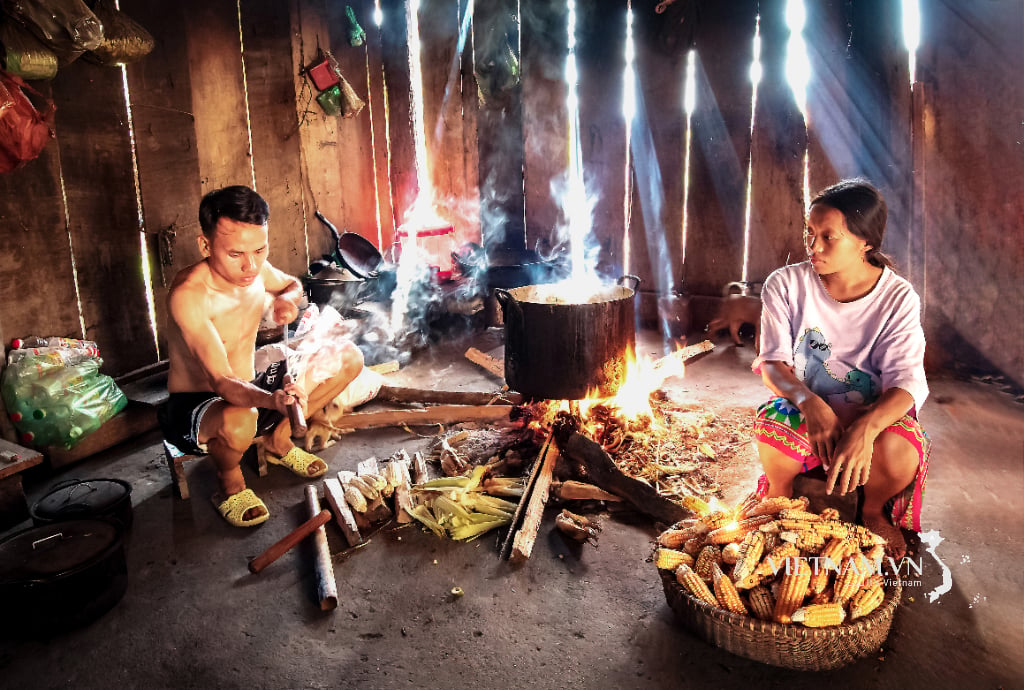


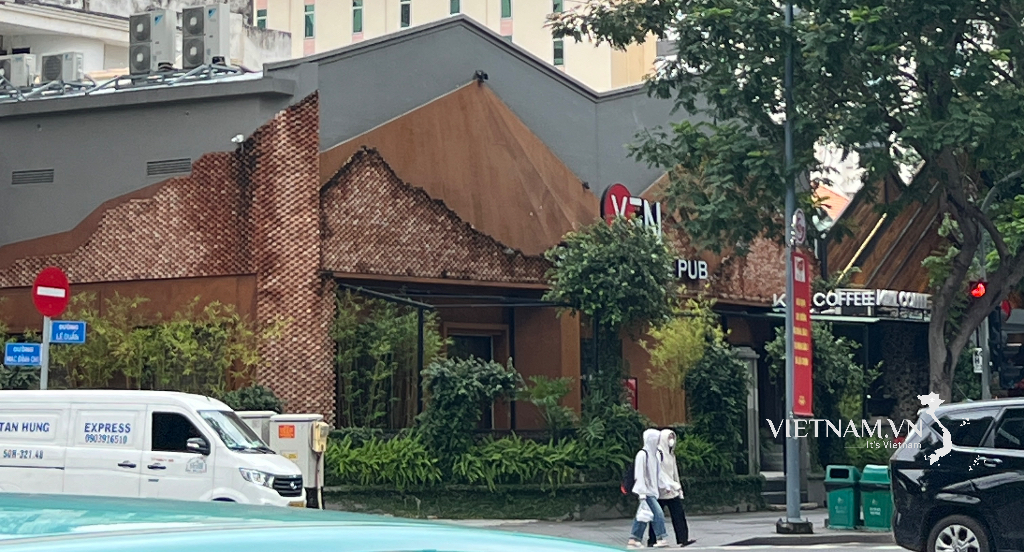
Comment (0)